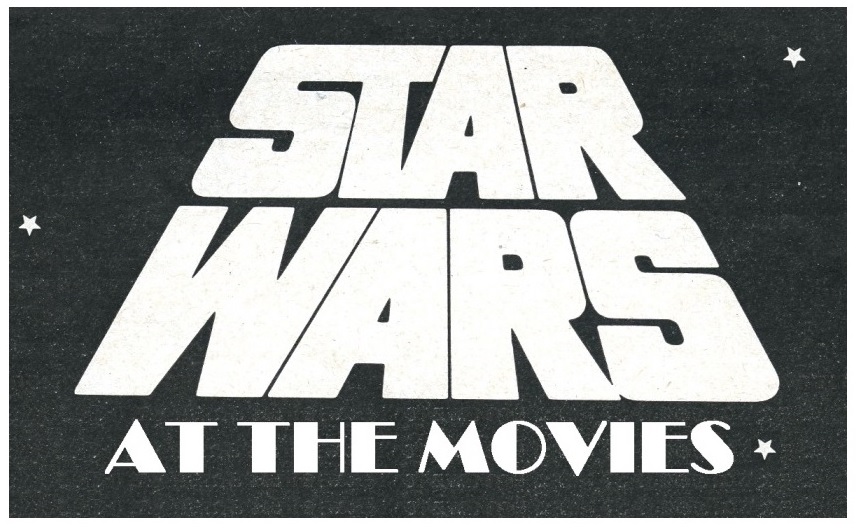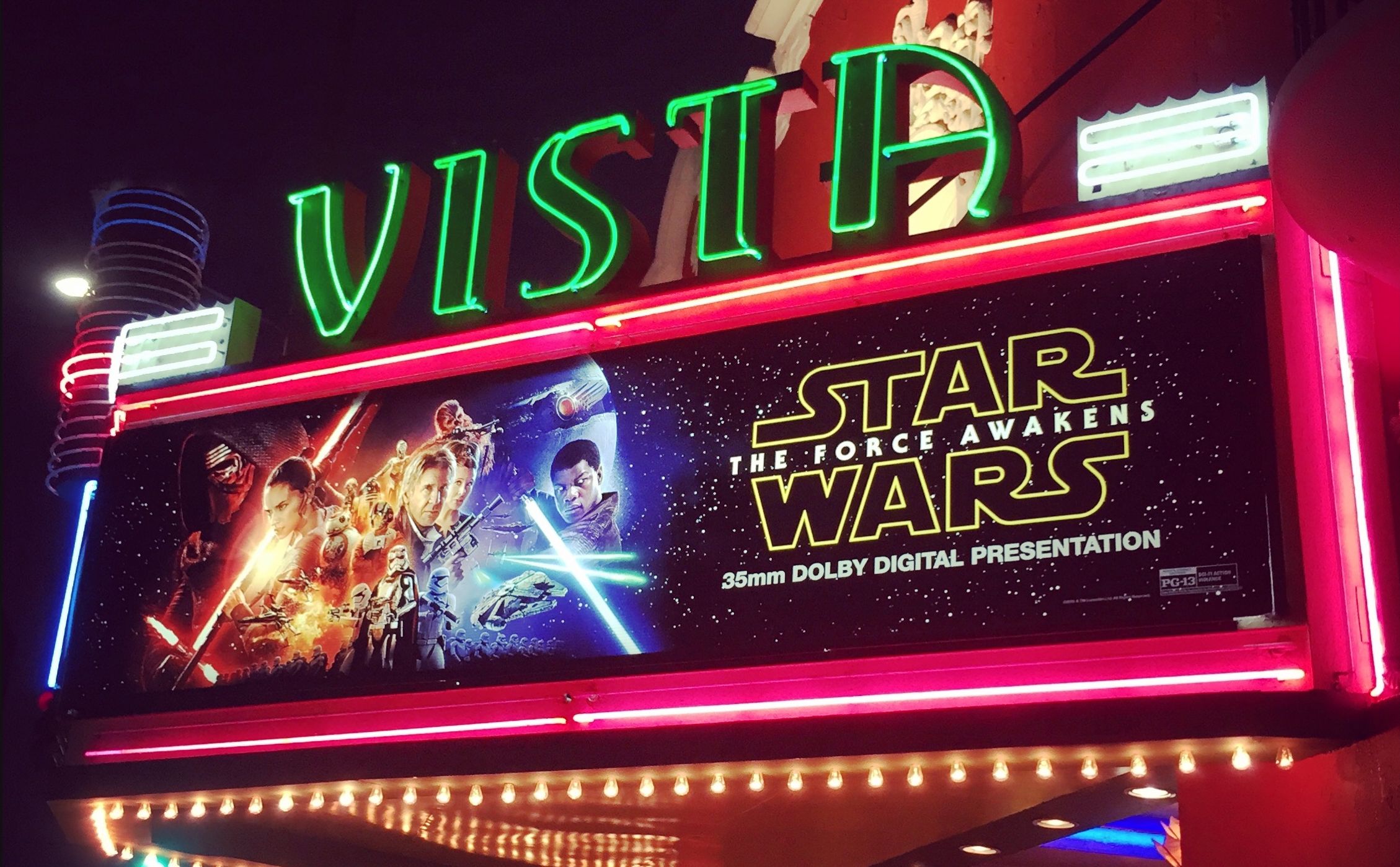THE LAST JEDI: Preposterous yet Profound
Cluttered yet crystal clear. Exasperating yet enriching. Preposterous yet profound. The Last Jedi is defined by these dichotomies. Though the film had apparently been wrapped for several months prior to its release, it certainly didn’t feel that way, especially after my first viewing. This speaks to its confidence as a cinematic work and that of writer/director Rian Johnson – for better and for worse. It was bursting at the seams with frenzied energy and a drive to propel the characters and narrative groundwork so meticulously and beautifully constructed in The Force Awakens forward with devastating, even destructive speed. At first, it felt as though this was done with reckless abandon. I left the theater shocked and slightly unsettled. After a second viewing, however, this began to subside and a discernible reading of the movie took shape.
That confidence generated a bold expansion of the mythology of the Force, which was the The Last Jedi’s most provocative and rewarding thematic attribute in tandem with the unexpected and complex character dynamics between Luke Skywalker, Rey, and Kylo Ren. Knowing that preconceived notions and expectations are hazardous, this was the one element I had truly hoped to witness and it was delivered with originality and potency. The island. The throne room. The battle-scarred salt flat. All were settings that yielded crystal clear, enriching, and profound storytelling.
On the other hand, that same confidence resulted in bits of weird, jarringly misplaced humor. More importantly, it produced flawed supporting stories that were conceptually interesting as separate pieces but negatively impacted the pace of the film’s collective narrative. Counterbalancing the First Order/Resistance “space chase” with the casino sequence unfortunately hindered both storylines and the new characters they introduced.
Something that always irritates me in movies is the imposition of a ticking clock as a means of conveying tension. Well-edited films mask the incongruity (the attack on the Death Star in Star Wars, for example). The Last Jedi’s subplots were disjointed by paralleling the desperation of a semi-mutinous, decimated Resistance force on a fleeing command ship with 18 hours of “fuel” and the full immersion into the lavishly designed set piece of Canto Bight where Finn and Rose share contemplative exchanges about injustice in the galaxy, escape prison, and become activists. The levels of urgency in the two interplaying scenarios were distractingly disproportionate. Cluttered, exasperating, and preposterous...
Though these frayed plot threads had shaky footing, they were not without meaning and I appreciated the ambition behind them. Thankfully, they eventually led to fulfilling payoffs in Vice Admiral Holdo’s breathtaking hyperspace sacrifice, Finn’s electrifying clash with Captain Phasma, and the next generation of Force-wielders “from nowhere” primed to trade in their fathier stable brooms for lightsabers.
One of my biggest preliminary disappointments was the film’s music. To be fair, John Williams’ fantastic score for The Force Awakens would be difficult for The Last Jedi to match, let alone top. The multitude of memorable themes and motifs established in the Trilogy’s first installment coupled with the new film’s chaotic plot machinations didn't allow much room for a fresh musical throughline the way that The Force Awakens did. It's almost as if the score was grasping at the familiar for the sake of the potentially disoriented viewer. Rose’s theme, while increasingly catchy and appropriately full of optimism, does not carry the weight of signature themes debuted in the previous films. Williams is also usually on point with his callbacks, but this film had two instances where reprises actually distracted rather than excited me. The repeated opening notes from Star Wars following the opening crawl and the use of the “TIE Fighter Attack” cue during the Millennium Falcon’s flight through the caves of Crait came across as somewhat tired. That said, the other musical mainstays were utilized to stirring and inspiring effect. Additional new pieces are beginning to stand out, particularly the Imperial March-derived cue in "The Spark" leading into Luke’s last stand that had also been used in some of the film’s advertising.
A character who perhaps suffered the most from the secondary plotline disarray was Rose. That her introduction was her strongest scene speaks more to the faults of the screenwriting than her performance. But unlike Phasma and Holdo, there is a significant opportunity for Rose to provide another resilient female voice in the Trilogy’s final chapter. With the heartbreaking absence of Leia from this point forward, the need could not be greater.
It is impossible to watch The Last Jedi detached from the emotional reality of Carrie Fisher’s passing. Leia’s presence in this film is extraordinary, especially given the at times faulty filmmaking surrounding her place in the story. Finally we are able to behold her natural power manifested. It skirts the line of visual absurdity, but does not cross it. For a character defined by loss and the ability to overcome it, to see Leia live on while her brother Luke faded away with “peace and purpose” was incredibly cathartic.
Despite its defects, this film resonates. In fact, certain things that I was initially adverse to have become some of the most deeply moving moments of the entire saga for me.
“The greatest teacher, failure is.”
“See you around, kid.”
Putting Star Wars in the hands of a new crop of filmmakers was supposed to open the door for unbridled creativity along with all of its costs and benefits. The Last Jedi demonstrates the lasting potential of letting go, as painful as it can be.
Godspeed, Admiral Ackbar.


















